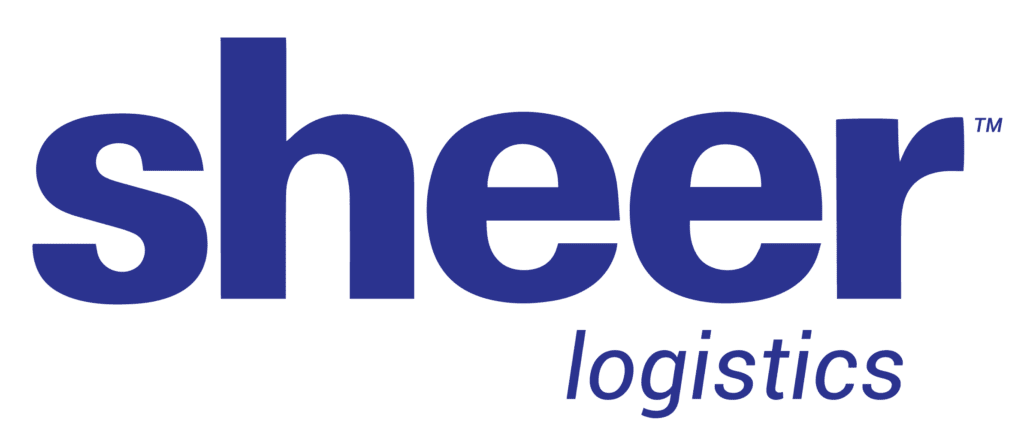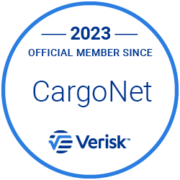
If you’re in the market for a TMS, it’s helpful to understand how the industry has evolved so you can select the platform—and partner—that’s right for you. Whether you lack a TMS today, or are looking to upgrade from an existing system, there are solutions for shippers of every size and level of complexity, as well as point solutions to help you address nearly every supply chain challenge you can think of. As we’ll explore in this post, logistics middleware has emerged as a key enabler to TMS solutions and should be a key consideration in your choice of TMS platform and implementation partner.
From Pen and Paper to a Comprehensive TMS Solution
JDA Software Group, Inc. (now known as Blue Yonder) launched the first TMS in the early 1990s. JDA pioneered the concept of utilizing software to optimize and manage transportation operations for businesses. In 2005, Oracle introduced its Oracle Transportation Management (OTM) platform. These platforms, and others that followed, revolutionized the logistics industry. These early systems were complex and often installed on an “on-premise” basis (JDA later introduced a cloud-based option).
While these powerful platforms delivered previously unattainable levels of supply chain control, they also have some disadvantages. Due to their cost, they were (and arguably still are) only practical for shippers with annual freight spends in excess of $100MM. They are time-consuming to implement and resource-intensive to maintain, and integration with existing ERPs, WMSs and other systems can be challenging. Lastly, there can be a steep learning curve for both administrators and end-users.
During the mid-2010’s, TMS development largely followed two tracks:
(1) 3PLs began to develop proprietary, in-house TMS platforms in a bid to compete with the legacy systems, differentiate their offerings and position themselves as tech-forward organizations. However, many of these systems were intended for internal use as operational platforms, not customer-facing (or customer friendly) TMS solutions. These platforms often competed on the basis of features and functionality, leading to a proliferation of “bells and whistles” as providers sought to deliver a complete “all in one” solution to the shipper marketplace.
(2) Logistics technology companies began to offer “lite,” often free, TMS software that was intended as an entry-level option or as a means to showcase the capabilities of a full-featured paid TMS solution. These software-as-a-service (SaaS) offerings made upgrading from pen and paper or Excel spreadsheets quick and easy, but lacked robust features and scalability.
It may be hard to believe, but before the advent of TMS technology, most shippers and logistics companies used spreadsheets, pen and paper, or other ad-hoc solutions to keep track of their transportation operations. Perhaps it’s even harder to believe that some shippers continue to operate without a TMS today. But shippers need not rely on arcane logistics management methods—there are ideal solutions out there for every shipper.
The Goldilocks TMS
In addition to the robust, on-premise applications and the “lite” cloud-based applications, another category of TMS has emerged, one that is “just right” for middle market shippers. These solutions combine the best of both worlds while avoiding the shortcomings of either. Today’s cloud-based TMS solutions are often offered on a SaaS model, avoiding the necessity of lengthy, costly and resource-intensive installations and maintenance while offering full functionality that is scalable as your business grows and needs change.
One could argue that we are currently in a “Golden Age” of logistics technology platforms, with shippers able to select from any number of TMS solutions to meet the unique needs of their supply chain. However, as the market has matured and shippers’ needs become ever more complex and sophisticated, the focal point of logistics technology has shifted.
The Rise of Point Solutions
Whereas early TMS providers sought to be “all in one” solutions, the logistics industry has seen a rise in technology providers that deliver point solutions intended to tackle particularly thorny logistics challenges. For example, FourKites and project44, both founded in 2014, provide real-time supply chain visibility, connectivity and predictive analytics (among other benefits). By focusing on the challenges of visibility, FourKites and project44 are able to deliver advanced functionality that TMS providers may not be able to match. FourKites and project44 are but two examples in a vast marketplace of solutions. Today, shippers have a multitude of such point solutions to choose from, ranging from ratings engines, fuel programs Warehouse Management Systems (WMS), Fleet Management Systems (FMS), customs and trade compliance solutions, and more. Rather than seeking a TMS that can “do it all,” today’s shippers are often looking for a core TMS whose capabilities can be extended through integration with a curated set of point solutions.
What is Midddleware?
Logistics middleware is software that acts as an intermediary layer between different systems, applications and data sources. Middleware serves as a communication bridge, facilitating information exchange and interoperability across disparate systems. As point solutions continue to proliferate, the need for effective and efficient integration of systems has grown in importance- after all, what good is all this technology if it can’t be easily connected and integrated?
SheerExchange is an integration platform as a service (iPaaS) that quickly and easily integrates your TMS and practically any other system. SheerExchange acts as a “universal translator,” that can cleanse, normalize and aggregate your data in one central location, empowering you with custom dashboards and reporting that deliver the visibility and business intelligence you need to make timely decisions.
Let’s Take Your Supply Chain to the Next Level
When selecting a TMS, it’s critical that you consider not only the features and functionality of the TMS itself, but the integration capabilities of the provider. The utilization of powerful middleware can reduce the costs and increase the speed of implementation of your TMS, and can set the stage for a Managed Transportation Services partnership that can drive additional value to your supply chain. Sheer Logistics offers a complete solution, including Sheer TMS, integration through SheerExchange and Managed Transportation Services that are proven to enhance your visibility, control and efficiency and put you in the driver’s seat. To learn more, please contact us today.








